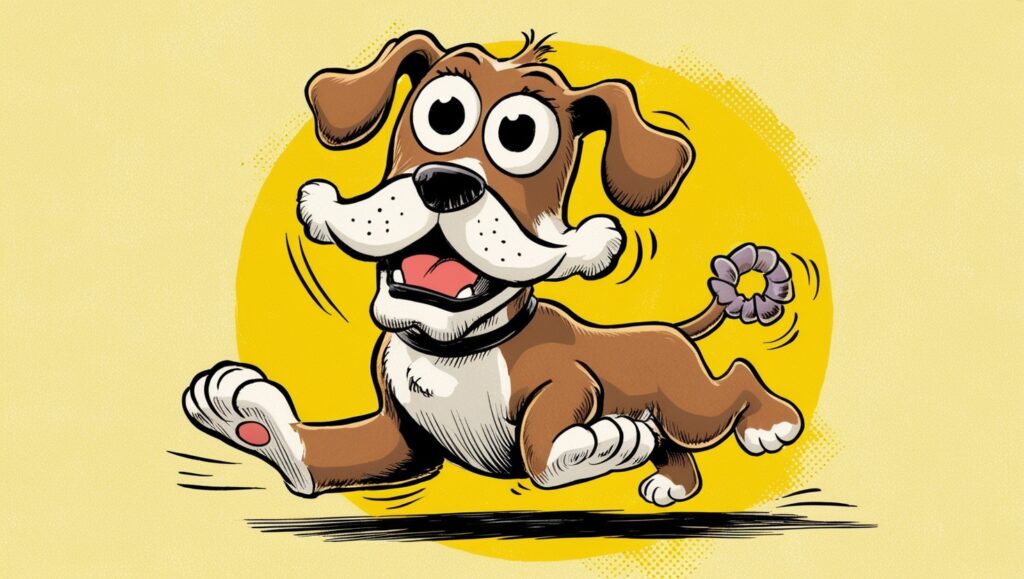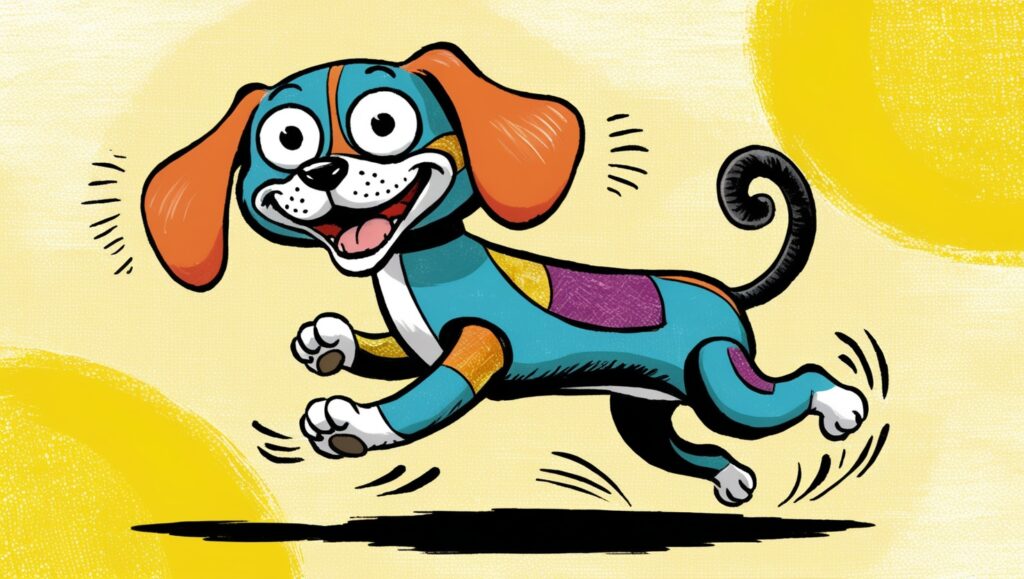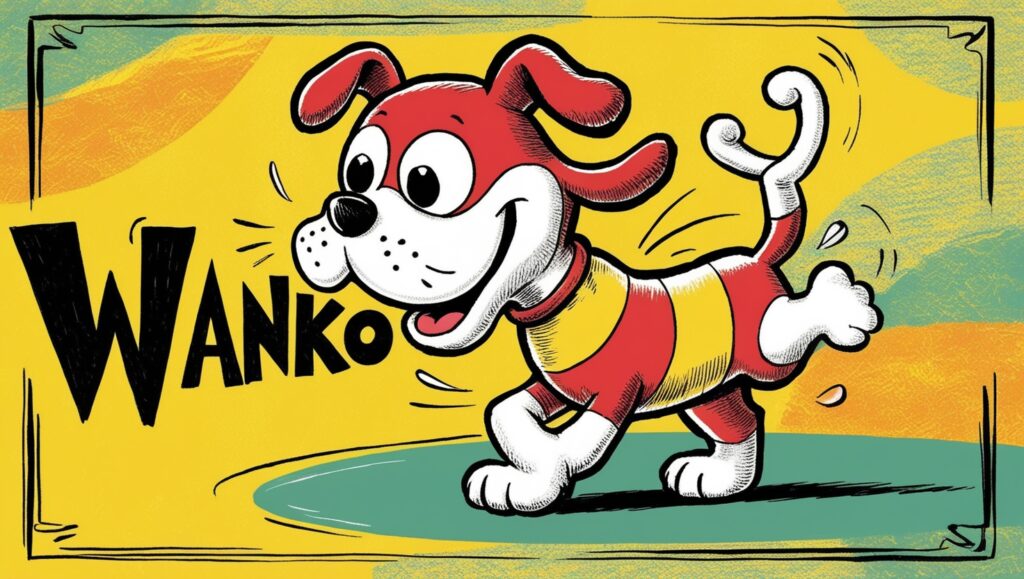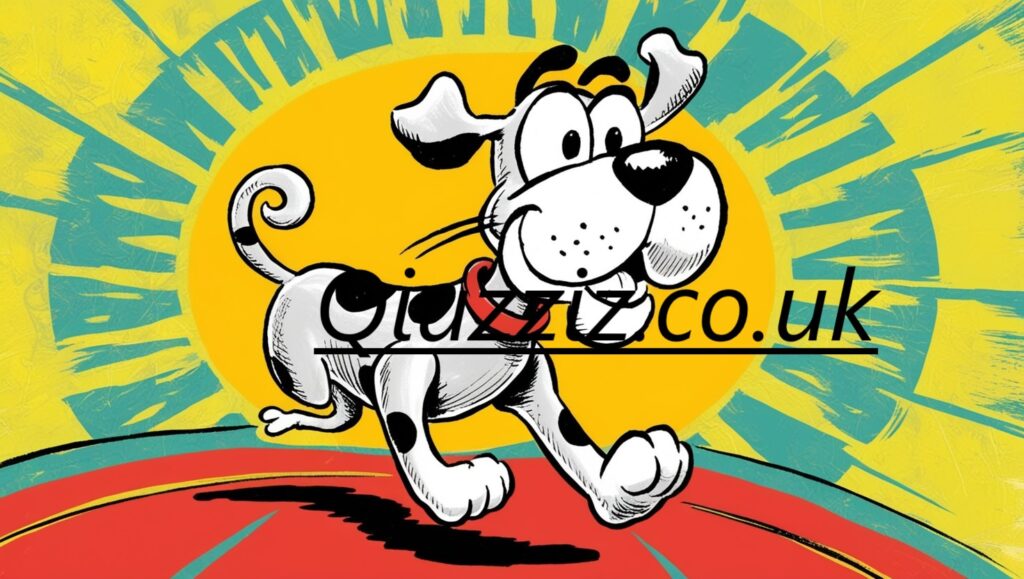Silly Wankok may sound like a whimsical term, but it encompasses a rich tapestry of cultural, social, and psychological implications that resonate with people worldwide. This article’ll explore this unique concept’s origins, meanings, and significance, delving into its roots in humor, creativity, and social commentary.
Understanding the Origins of Silly Wankok
The Etymology of Wankok
To understand Silly Wankok, we must first unpack the term itself. While “Wankok” might not have a defined etymology in mainstream language, it can be seen as a playful amalgamation of various linguistic influences. Often associated with humor and absurdity, the term invokes a sense of silliness and lightheartedness that encourages a break from convention.
Cultural Contexts and Interpretations
Different cultures may interpret the essence of Silly Wankok in distinct ways. In many societies, humor is a universal language that can convey complex ideas and effectively. From slapstick comedy to absurdist theater, the human affinity for laughter often finds its most profound expressions in the silly.

The Role of Absurdity in Humor
Absurdity plays a crucial role in Silly Wankok. It creates a space where traditional logic is upended, allowing for unexpected twists and turns in narratives. This mirrors the way many people navigate life’s unpredictabilities. By embracing the absurd, we can find laughter in the most unexpected places, revealing deeper truths about our existence.
The Social Impact of Silly Wankok
Laughter as a Social Bond
Laughter has long been recognized as a vital social tool. Silly Wankok embodies this spirit, offering a shared experience that can bring people together. Whether in the form of jokes, anecdotes, or memes, the humor encapsulated in Silly Wankok fosters connections among individuals, often transcending language barriers and cultural differences.
Satire and Social Commentary
Silly Wankok can also serve as a vehicle for social commentary. Framing severe issues in a ridiculous context allows for critique and reflection without the weight of overt seriousness. This approach can engage audiences who might otherwise resist more direct critique, making the message more palatable and digestible.
Mental Health and the Importance of Humor
The importance of humor in mental health cannot be overstated. Engaging with concepts like Silly Wankok can provide a much-needed escape from the stresses of daily life. By encouraging laughter and playfulness, individuals can improve their emotional resilience and cope with challenges more effectively.
The Creative Aspect of Silly Wankok
Imagination and Playfulness
At its core, Silly Wankok thrives on imagination and playfulness. These elements are essential for creativity, allowing individuals to explore new ideas and perspectives without the constraints of conventional thinking. In art, literature, and performance, embracing the silly can lead to innovative expressions that resonate with audiences on multiple levels.

Case Studies in Creative Expressions
Numerous artists and writers have harnessed the power of silliness in their work. From the whimsical illustrations of Dr. Seuss to the absurdist plays of Samuel Beckett, the influence of Silly Wankok is evident across various artistic mediums. These creators remind us of the value of approaching severe subjects with a sense of fun, encouraging audiences to engage in thoughtful reflection.
The Digital Age and Silly Wankok
Silly Wankok has found new life through social media platforms and memes in today’s digital landscape. The rapid sharing of humorous content has made it easier than ever for individuals to connect over shared laughter. Viral trends often capitalize on the silliness inherent in Wankok, creating a sense of community among participants and sparking joy in unexpected ways.
Silly Wankok in Popular Culture
The Influence of Silly Wankok in Entertainment
Silly Wankok has made its mark on popular culture, from television shows to films. Comedies often rely on absurd scenarios and exaggerated characters to evoke laughter, illustrating how profoundly ingrained silliness is in our entertainment landscape. Series like “Monty Python’s Flying Circus” or films like “Airplane!” showcase how silliness can drive humor while simultaneously offering social commentary.
Literature and Silly Wankok
Silly Wankok invites readers to explore the boundaries of reality and imagination in literature. Authors such as Lewis Carroll and Roald Dahl have created fantastical worlds where the absurd reigns supreme, encouraging readers to embrace the silliness of life and view it through a different lens. Their works often challenge the status quo and inspire readers to think creatively.
The Role of Silly Wankok in Music
Music, too, has embraced the essence of Silly Wankok. From novelty songs to satirical lyrics, musicians have harnessed humor to connect with audiences and convey messages. Artists like “Weird Al” Yankovic epitomize this trend, using parody to entertain while simultaneously critiquing popular culture.
The Psychological Perspective of Silly Wankok
The Science of Laughter
Understanding the psychology behind Silly Wankok reveals why humor is essential for our well-being. Laughter triggers the release of endorphins, which can alleviate stress and promote feelings of happiness. Engaging with silly concepts can act as emotional catharsis, allowing individuals to navigate their feelings lightheartedly.
The Therapeutic Benefits of Humor
Humor therapy has emerged as a valuable tool in mental health treatment. By integrating silliness into therapeutic practices, professionals can help clients cope with anxiety, depression, and stress. Silly Wankok, in this context, becomes a mechanism for fostering resilience and promoting positive mental health.

Exploring the Absurd in Daily Life
The notion of Silly Wankok encourages individuals to find absurdity in their daily lives. People can cultivate a mindset that values creativity and adaptability by shifting perspectives and embracing the unexpected. This approach can lead to increased problem-solving skills and a greater appreciation for the quirks of life.
Conclusion
In conclusion, Silly Wankok represents more than just a whimsical term; it encapsulates the essence of human creativity, connection, and resilience. Through its roots in humor, cultural commentary, and imaginative expression, Silly Wankok invites us to embrace the absurdities of life and find joy in the unexpected. Whether in art, literature, or everyday interactions, the spirit of silliness encourages us to laugh, connect, and navigate the complexities of existence with a lighter heart.


